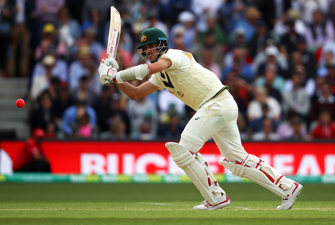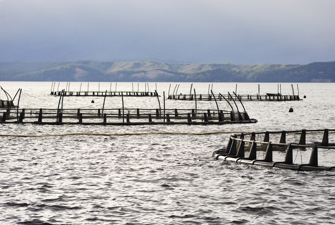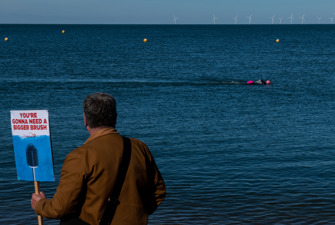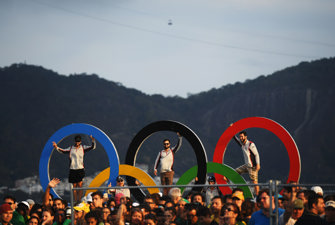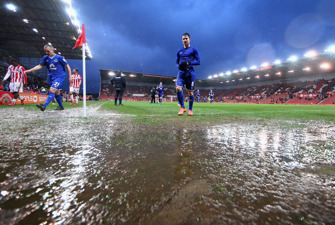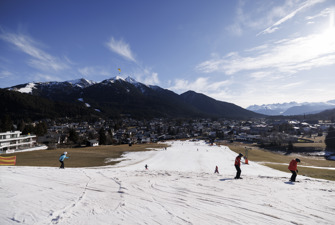Sport and the environment: A very short history
The main push for the world of sport to engange with environmental issues came from the United Nations Environment Programme. At a conference in Rio in 1992, it set up a new baseline agenda for environmental issues that committed national and international organisations to major change in the realms of climate, waste management, and ocean and air pollution.
The politics of sport and climate are best understood in the context of sports’ longer, if rather minimal engagement with environmental issues in general.
For much of the twentieth century, the Winter Olympics (and winter sport in general) proved the most environmentally controversial, for the games have invariably served as an opportunity to develop a mass winter sports tourist industry in fragile mountain ecosystems.
As early as 1932, the proposed bobsleigh run for the Lake Placid Games, which required the cutting down of numerous trees, was successfully opposed by local residents. The 1968 Grenoble Games were notorious for sports facilities that were unsuited to or degraded their surroundings.
This fact was noted by a coalition of Colorado environmentalists and low-tax Republicans who forced and won a referendum opposing Denver hosting the 1976 Winter Games.
Beyond winter sports, the 1980s saw the emergence of an anti-golf movement, particularly in the fragile rural ecosystems in China and South East Asia where local farmers were dispossessed by developments. These conflicts have persisted and have been paralleled by European organisations like Tripping Up Trump who has been protesting Donald Trump’s golfing investments in Scotland.
Then IOC president, Juan Antonio Samaranch, first spoke on environmental issues at Davos in 1991, and a few years later the organisers of the Lillehammer Winter Games of 1994, after pressure from their local environmental movement, set new standards for environmental engagement at mega-events in terms of venue design, energy and water use and recycling.
However, the main energies pushing the IOC and the world of sport towards a comprehensive engagement with environmental issues came from outside, in particular from the United Nations Environment Programme (UNEP). At its conference in Rio in 1992, UNEP set a new baseline environmental agenda for every international and national organisation, in every sector of economy and society, committing the international community to major change in the realms of climate, waste management, and ocean and air pollution.
After Lillehammer, the IOC and UNEP convened a sport and environment commission, and in 1999 the principles of environmental sustainability were written into the Olympic charter. The following year the IOC developed its first set of environmental protocols for bidding and staging Olympic events, requiring prospective and actual hosts to monitor their environmental impact, though with very mixed results.
Climate change and carbon emissions were not central concerns at this point, but as the climate crisis has gathered pace, the issue has become the single most important aspect of global sports’ sustainability plans and has given environmental issues an urgency that they have not had before.
Even so, progress has been glacial. It was only in the mid-2000s that the IOC and FIFA first began to measure the carbon emissions of their mega events and develop policy responses. It took another decade for them to be joined by a small number of sports federations like UEFA, but the vast majority of international and national sports federations and leagues have barely begun to develop governance structures or policies to address any environmental problems.
The recent history of environmental issues in sport suggests that, at the leading edge, the sports world is capable of making a serious response to environmental questions. However, it is also clear that the tail of non-engagement is very long, and mechanisms for bringing it in line with best practices are thin on the ground.
Key readings
For anyone who wants to get the big picture and the sheer breadth of disciplinary approaches and topics covered in recent work on sport and the environment, there are a number of collections worth browsing.
- B. McCullough and T. Kellison (eds.) (2017) Routledge Handbook of Sport and the Environment.
This handbook covers the environmental dimensions of marketing event management and construction, as well as more political themes like greenwashing, and the role of the European union in sport and environmental policy. - B. Wilson and B. Millington (eds.) 2020 Sport and the environment: Politics and preferred futures.
This book covers similar territory as the 'Routledge Handbook of Sport and the Environment' but with more input from sociological and political thinking and pays closer attention to economic interests in this space. Highlights include native American responses to the environment; witness tours of landscapes that are being lost to climate change; climate and surfing; and the role of the UN's sustainable development goals (SDGs) in a more rounded sport and environmental policy. - B. McCullough, B. Kellison, and N. Melton(eds.) (2022) The Routledge Handbook of Sport and Sustainable Development. Routledge.
This handbook explores the role of the UN's sustainable development goals in sport and environmental policy. - United Nations Environment Programme (2022) Sports for Nature: Setting a baseline – Handbook. Nairobi, Kenya.
The climate crisis is just one element of a much broader and complex series of intersecting ecological crises - from marine pollution to the precious decline of insect species. This report from the UNDP takes a holistic view of sports' environmental impact. It highlights the light, noise and plastic pollution that sport generates, as well as its impact on biodiversity through land development programmes, the use of herbicides, and the disruption of habitats.




